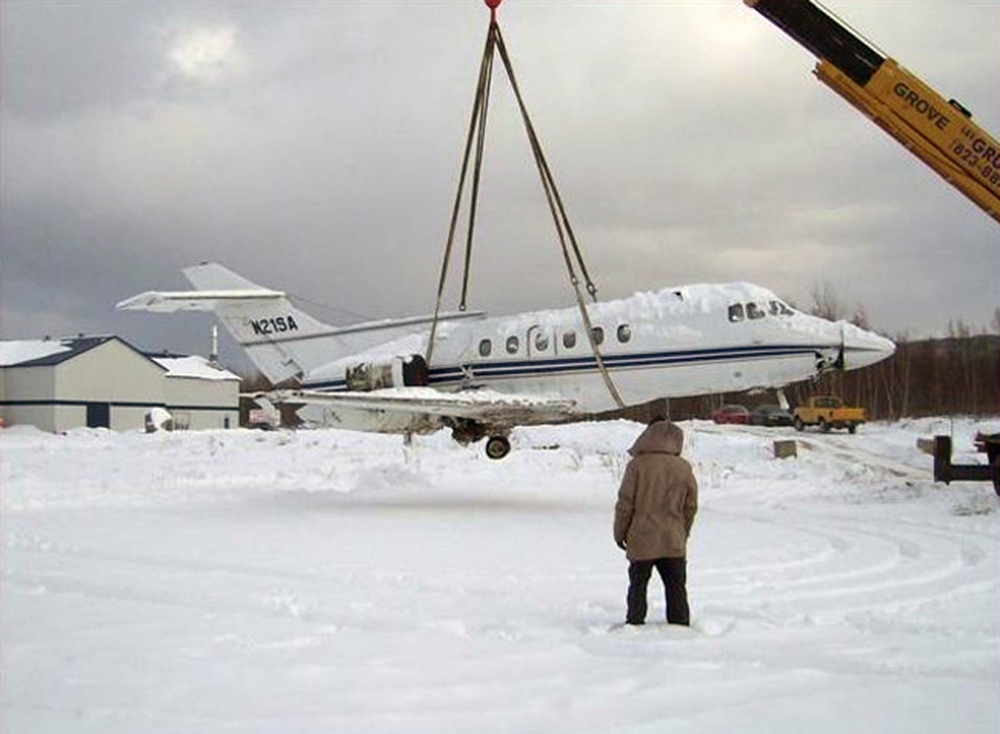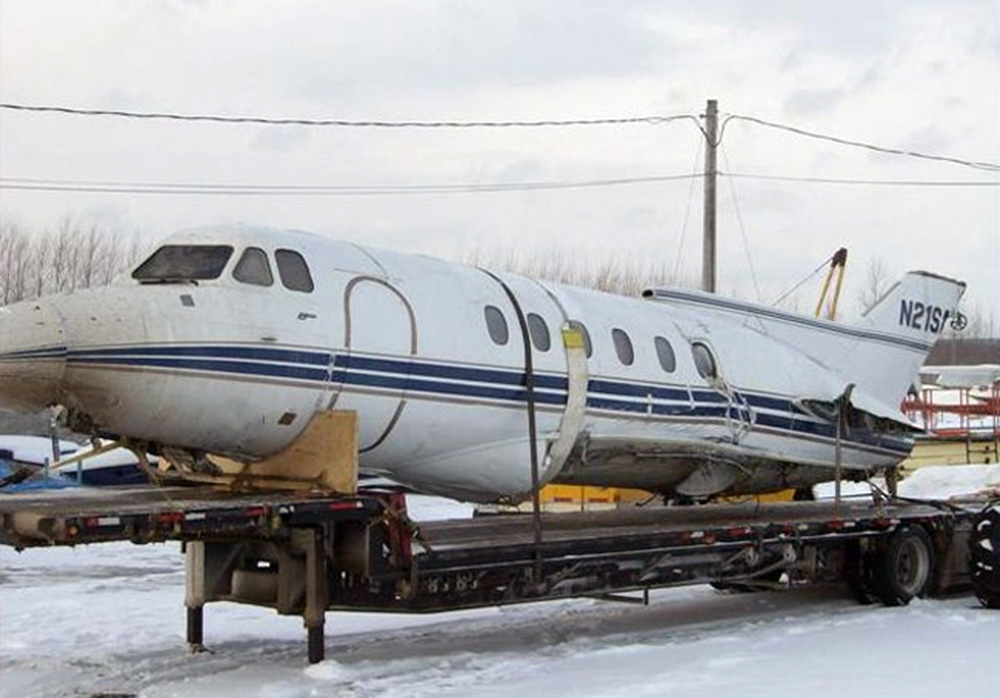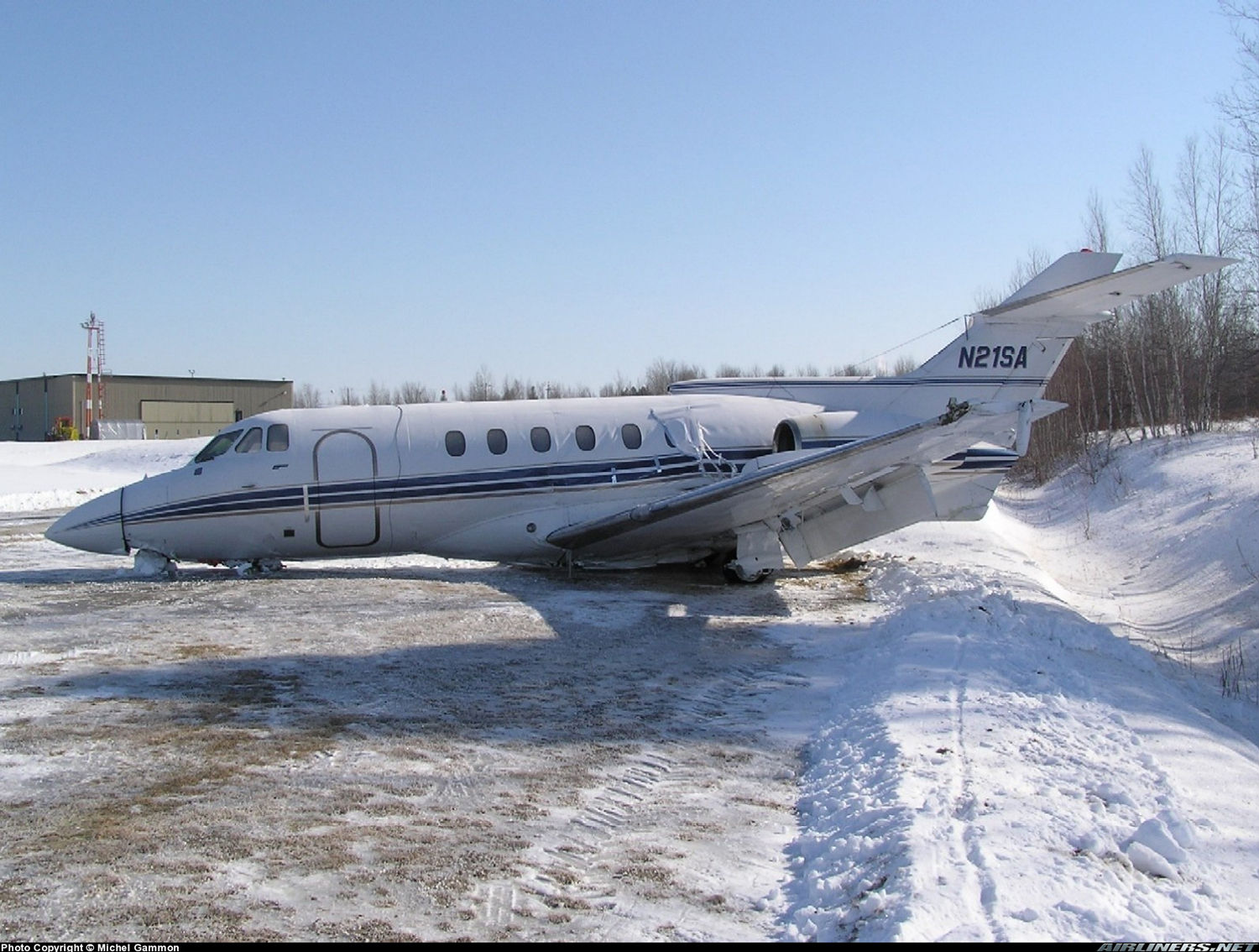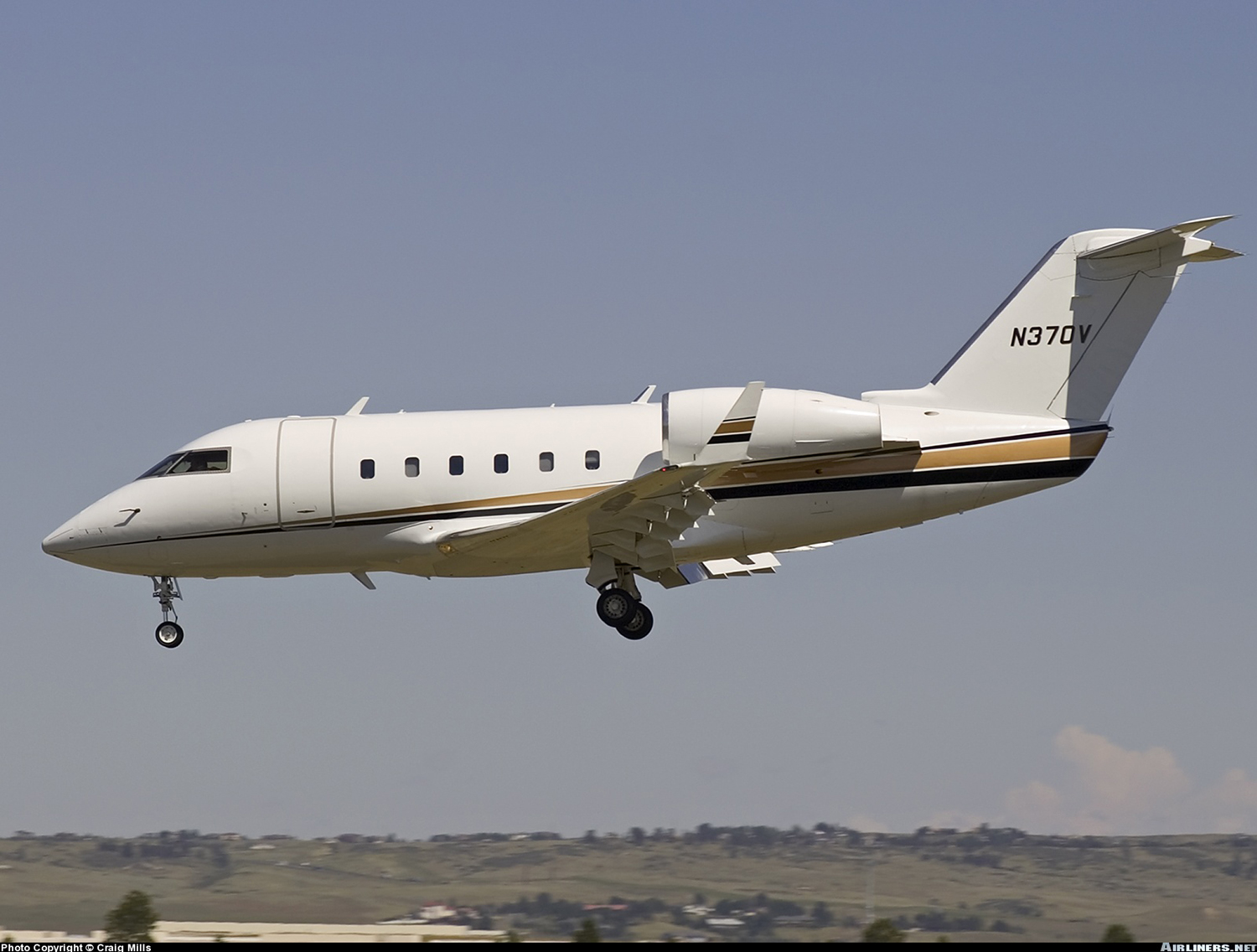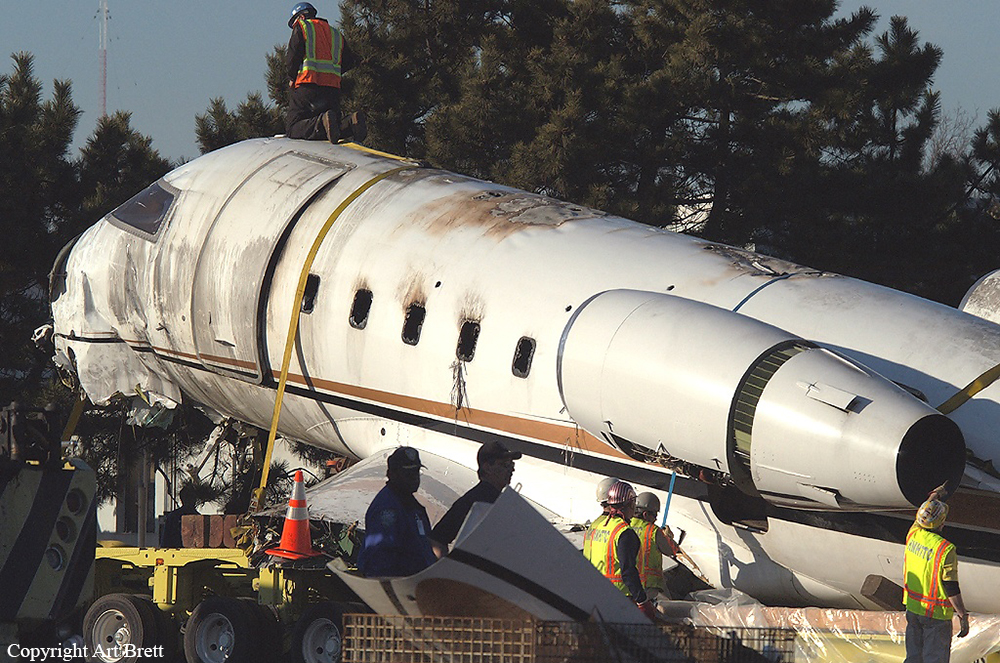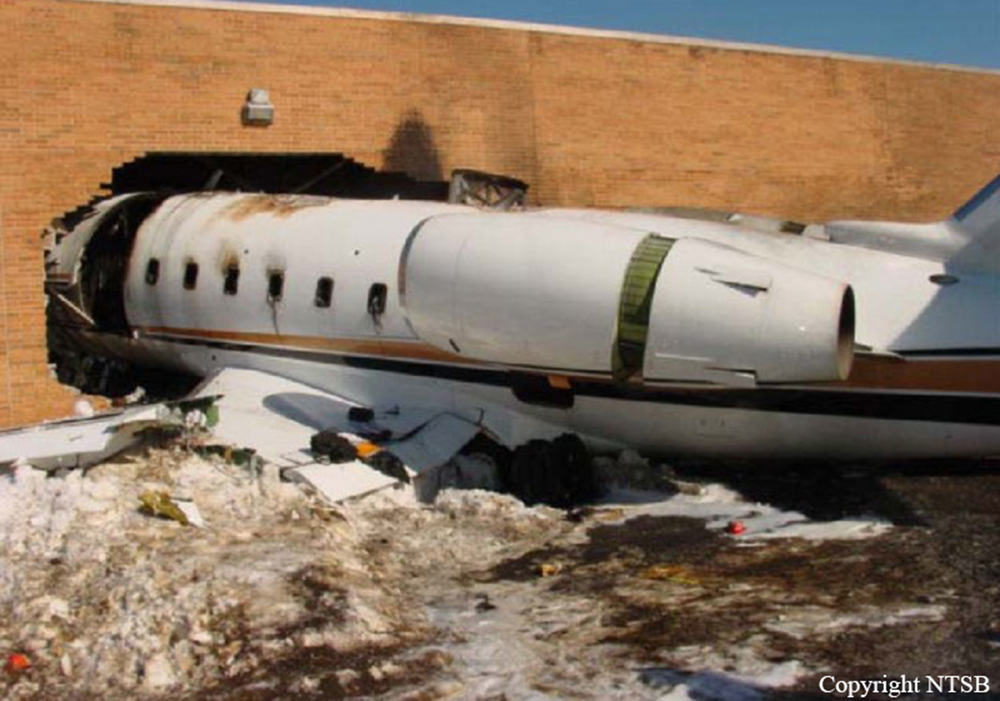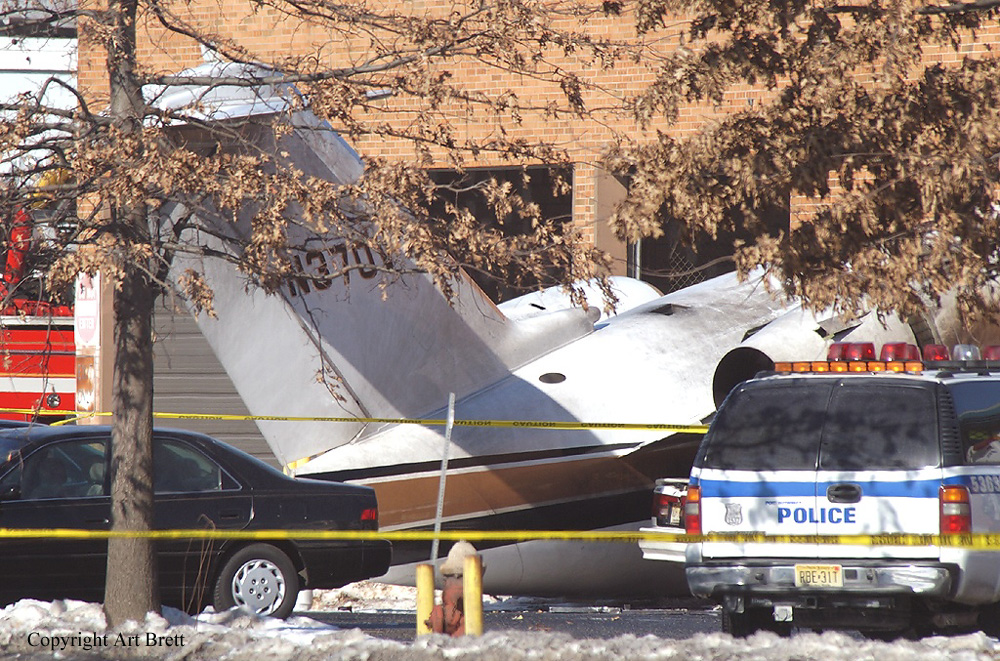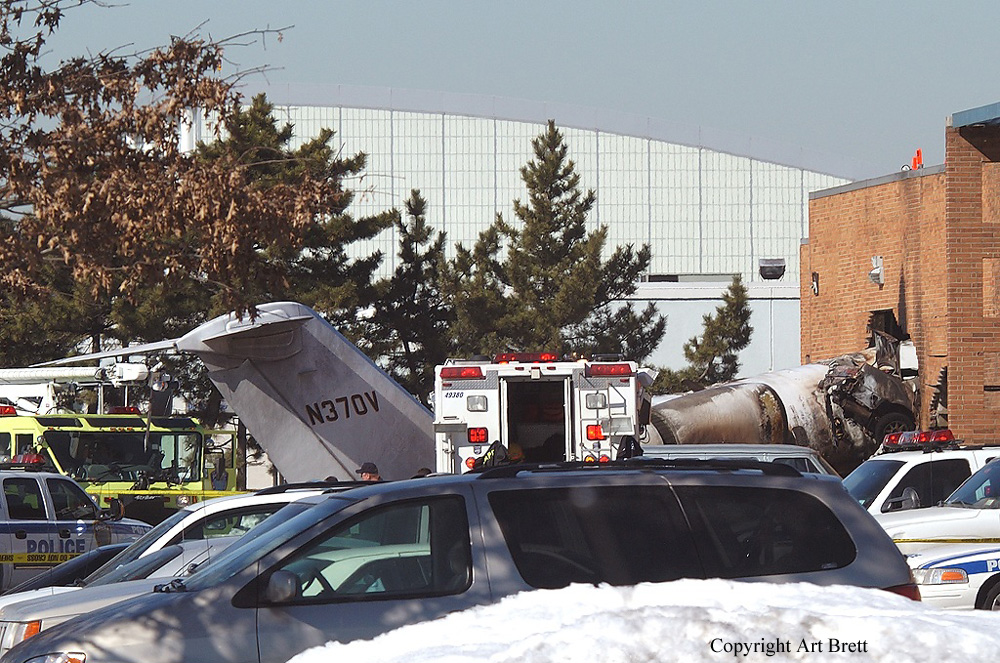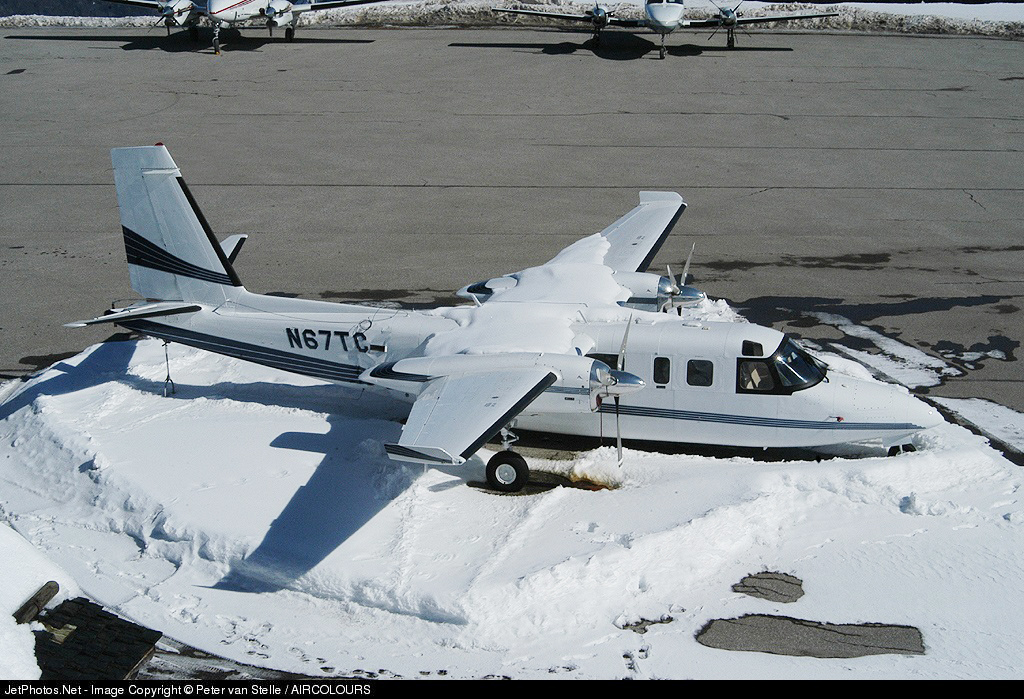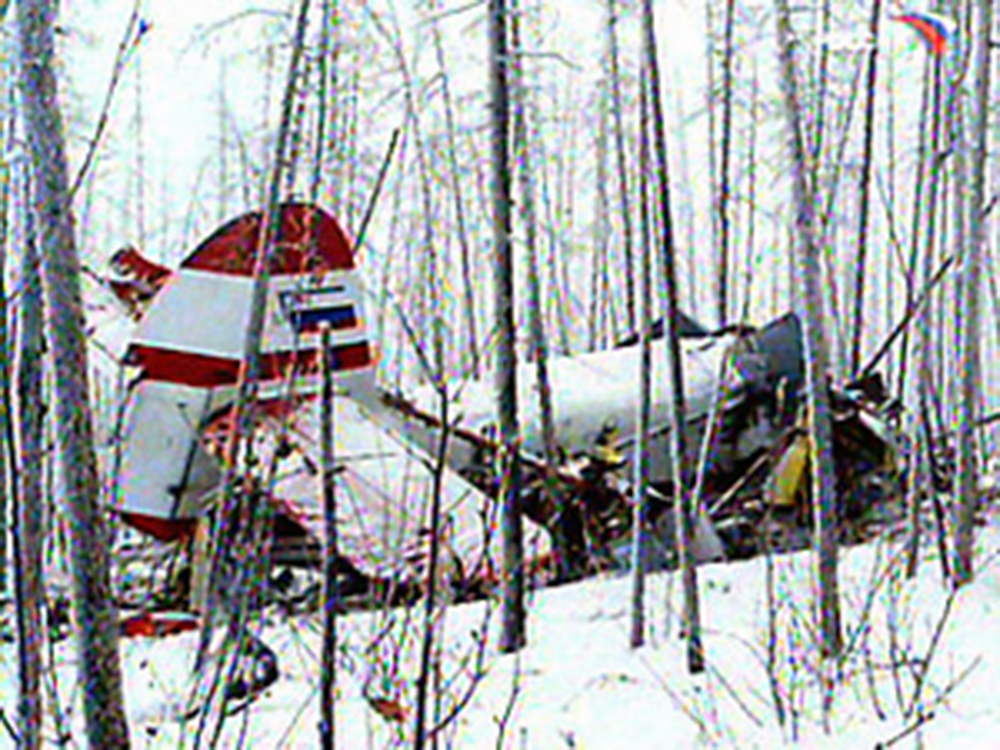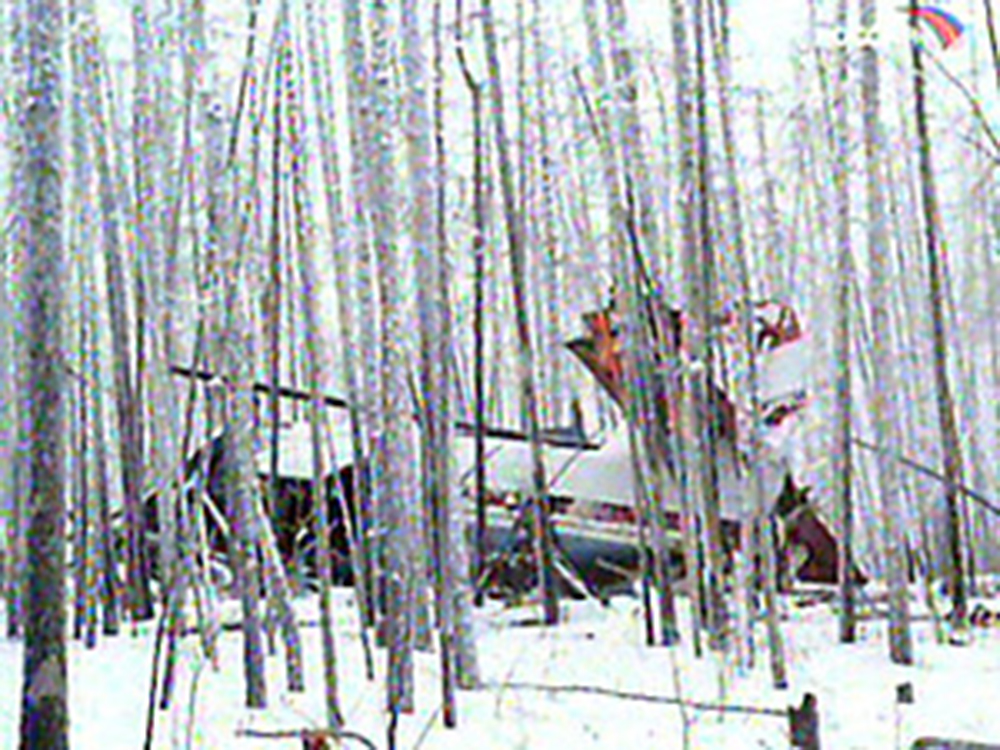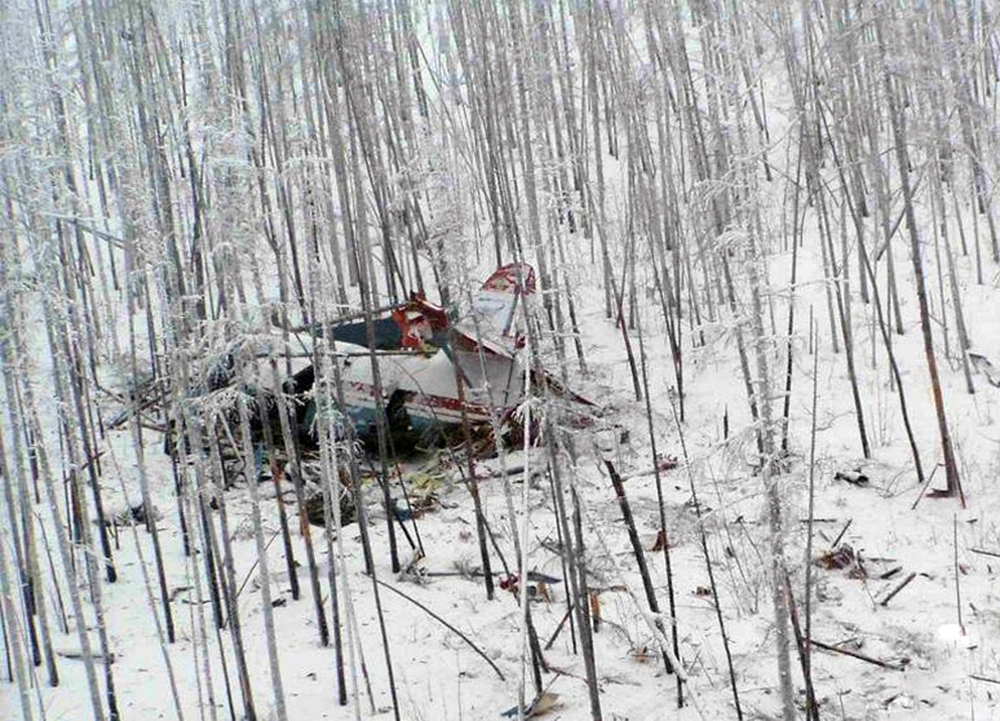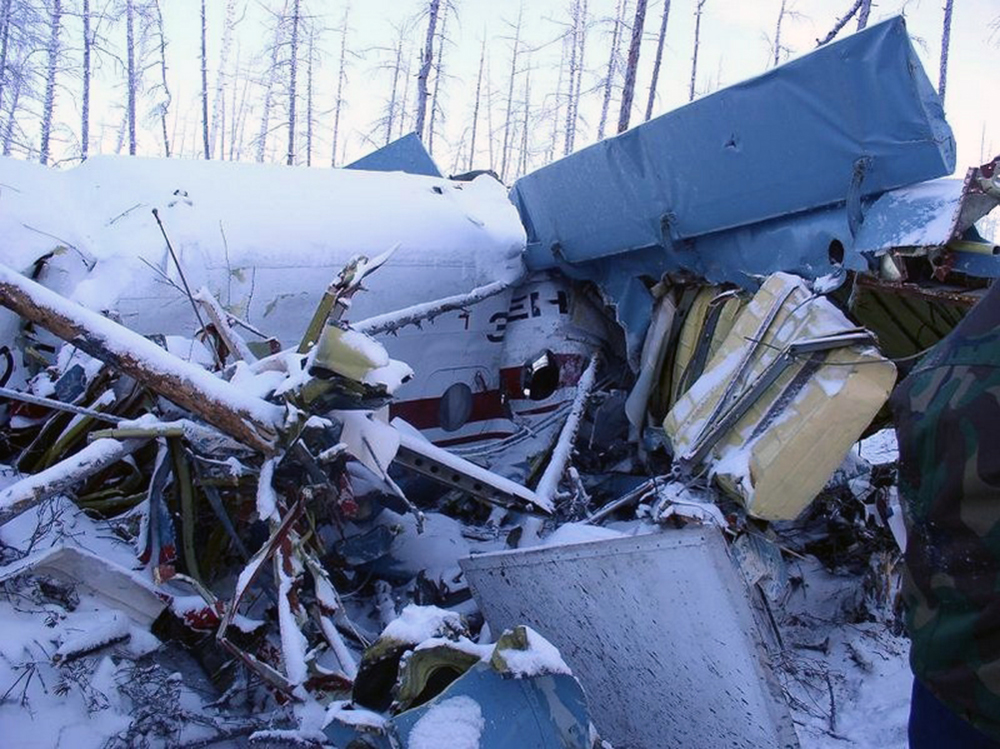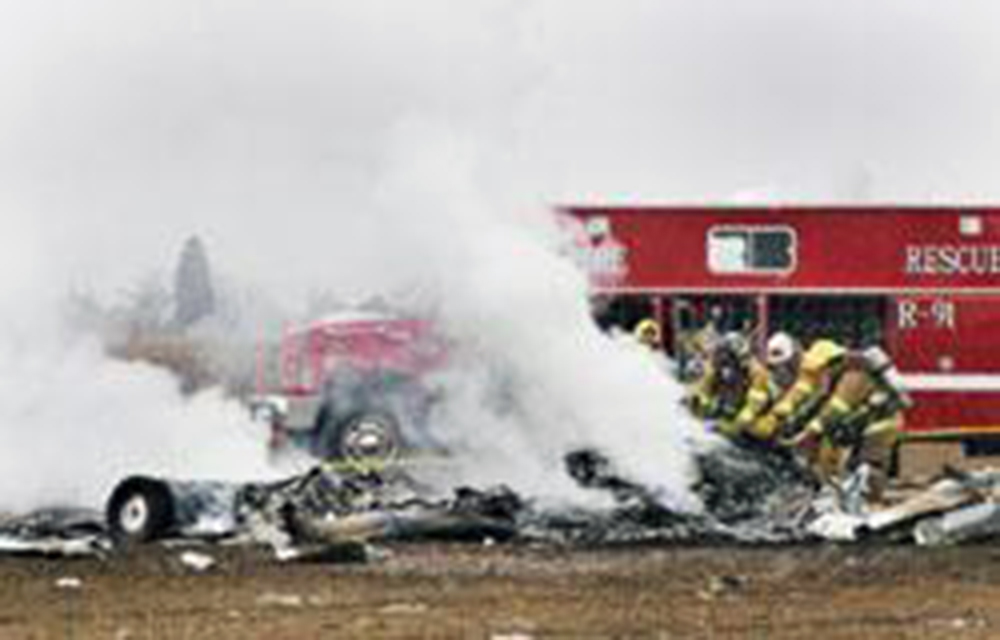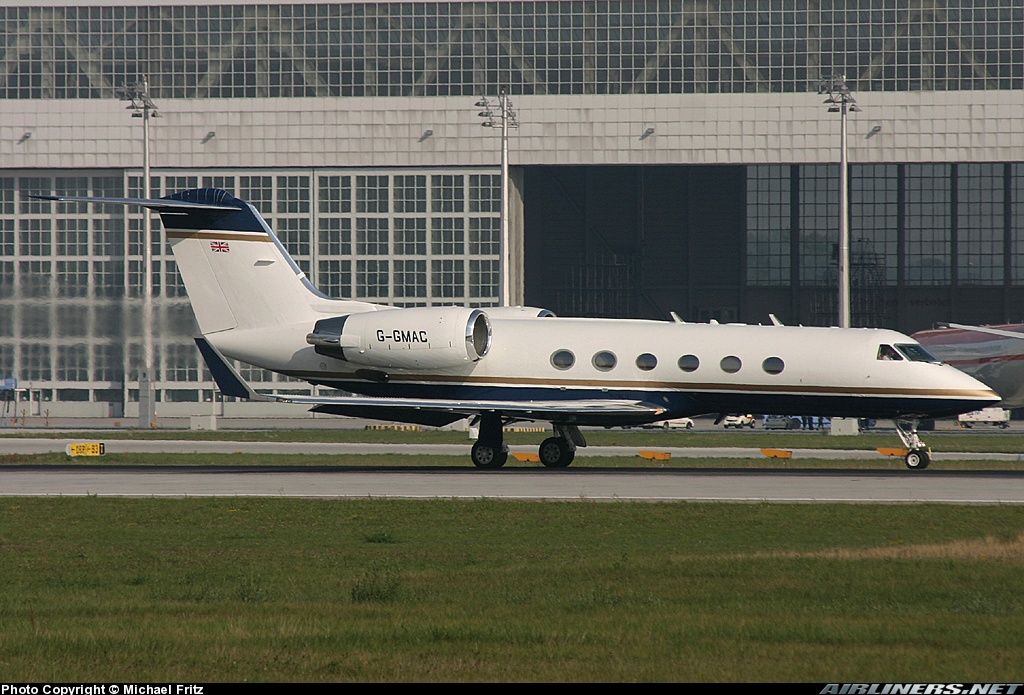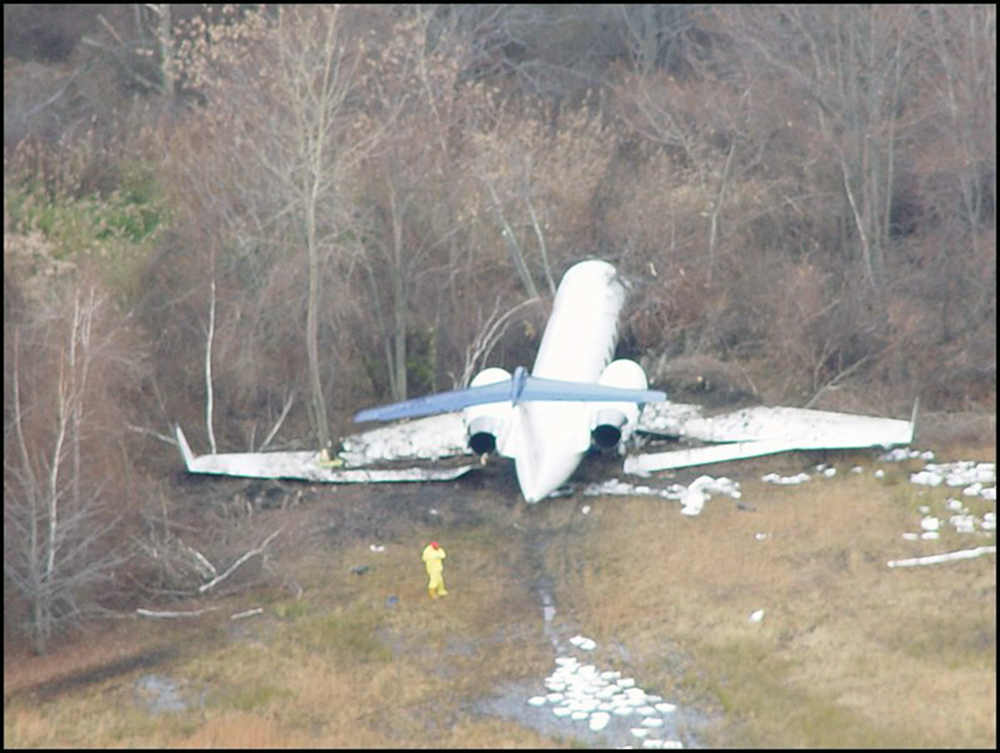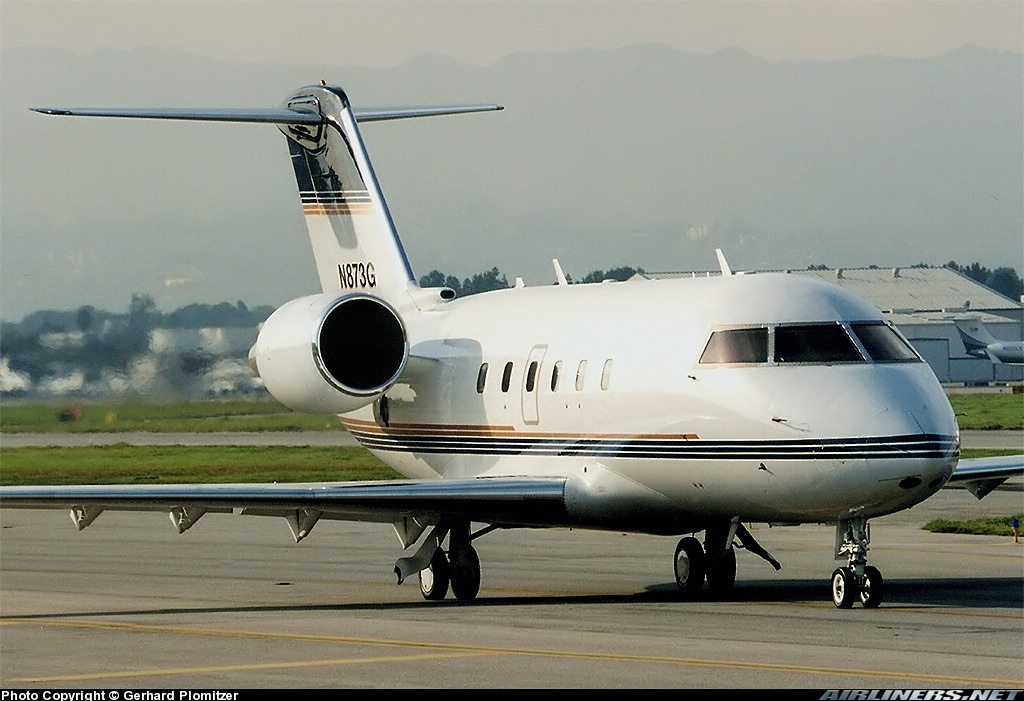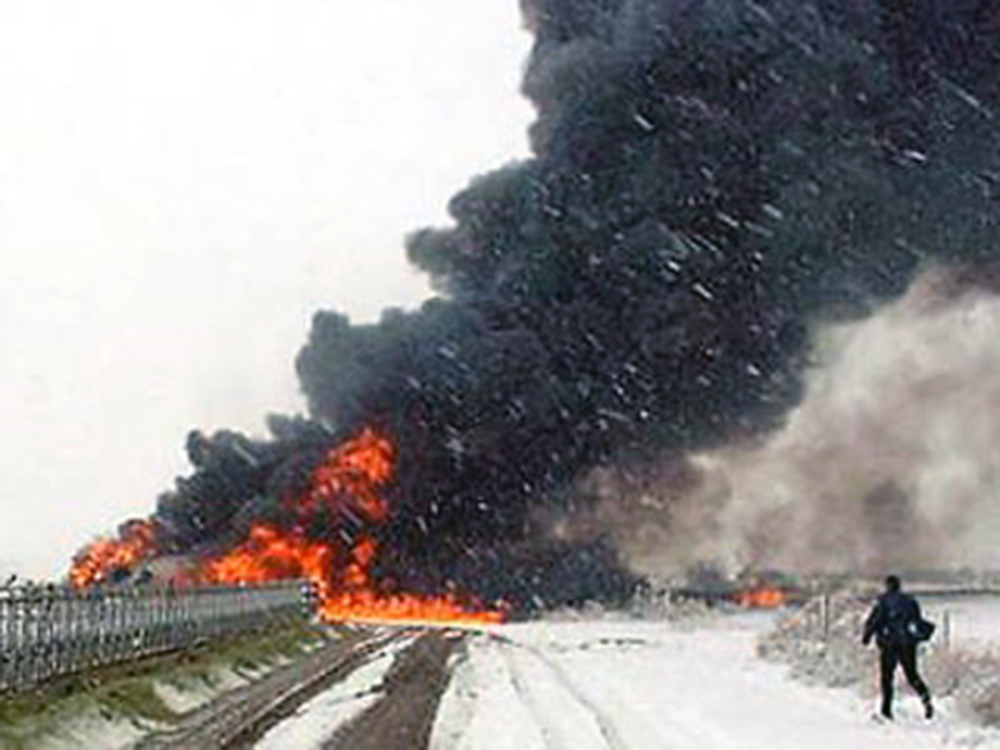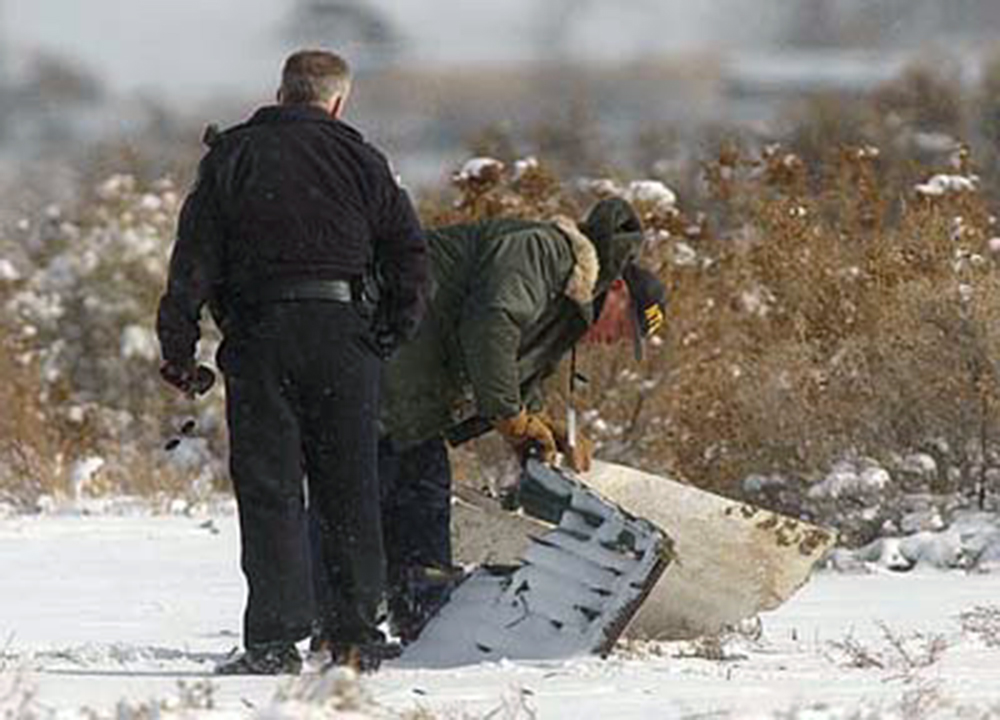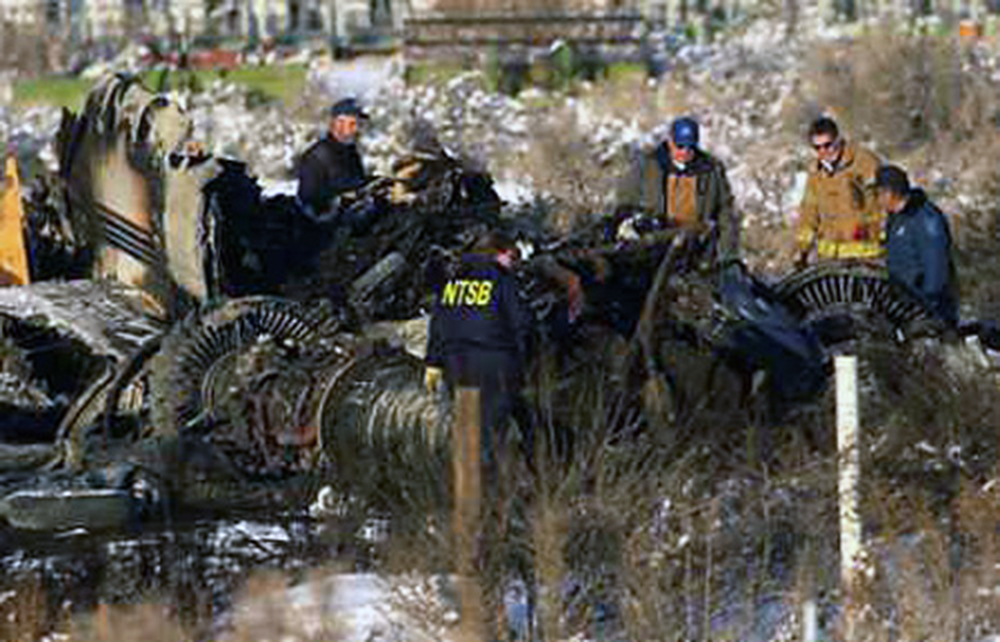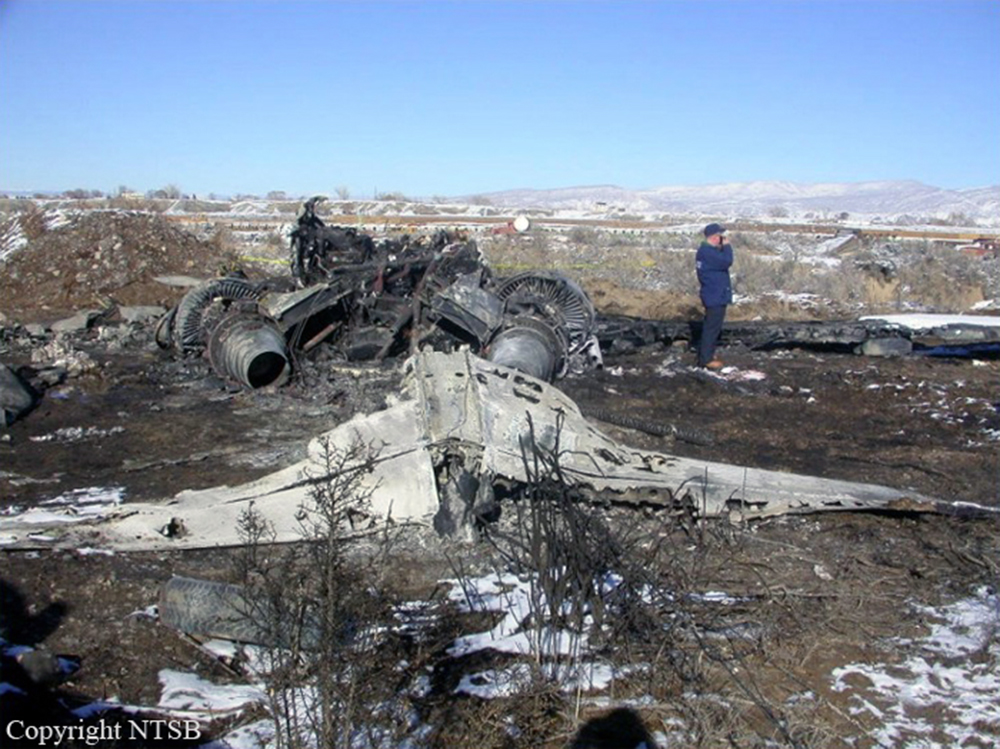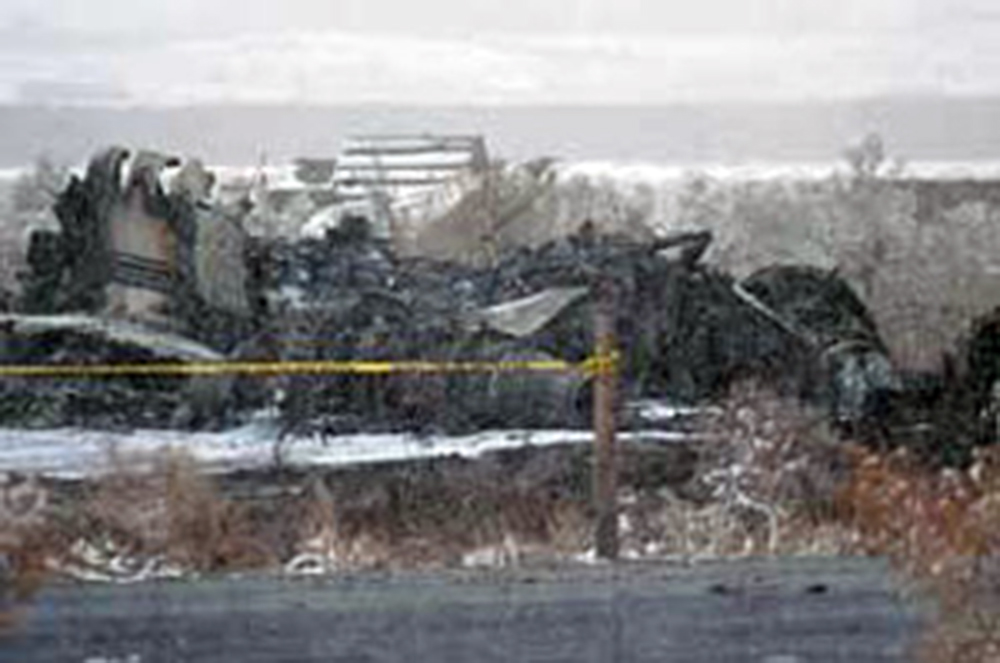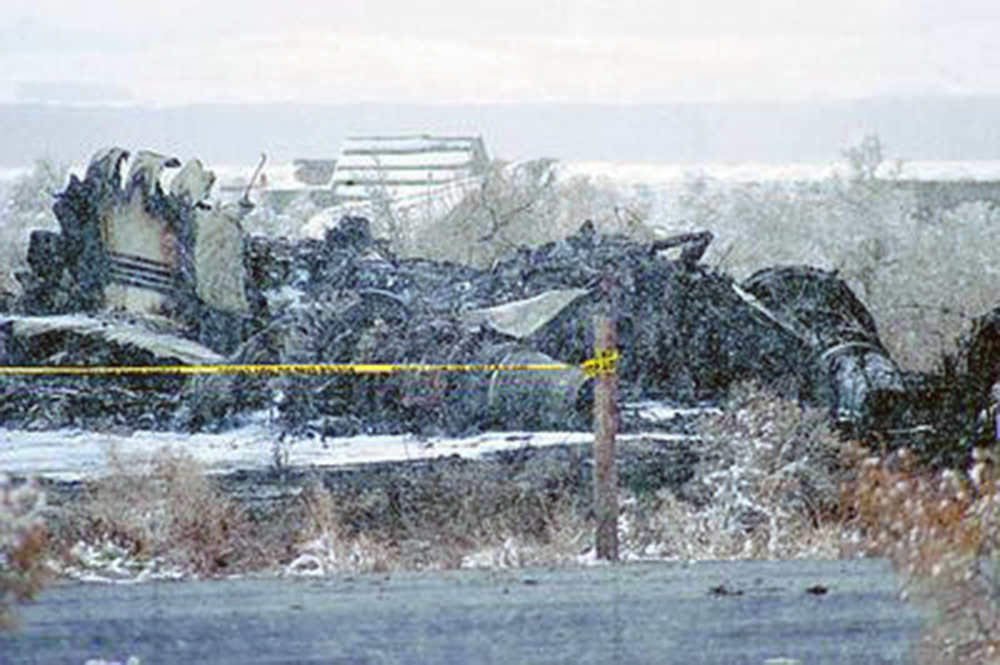Crash of a De Havilland DHC-6 Twin Otter 300 in Bimin: 2 killed
Date & Time:
Feb 22, 2005 at 1343 LT
Registration:
P2-MFQ
Survivors:
Yes
Schedule:
Tabubil - Bimin
MSN:
174
YOM:
1968
Crew on board:
3
Crew fatalities:
Pax on board:
10
Pax fatalities:
Other fatalities:
Total fatalities:
2
Circumstances:
On approach to Bimin-Wobagen Airport runway 30, the twin engine aircraft lost height and crashed in a wooded area. Both pilots (New Zealand citizens) were killed instantly and all 11 other occupants were injured, some seriously. They walk away to the village to find help and receive care. The aircraft has a single 11/29 grass/dirt runway located at an altitude of 1,767 metres and offer a 10° slope. Runway 29 is for landing only and runway 11 for takeoff only.



